Why Do Cats Roll Around on Their Back? (Potential Health Issues)
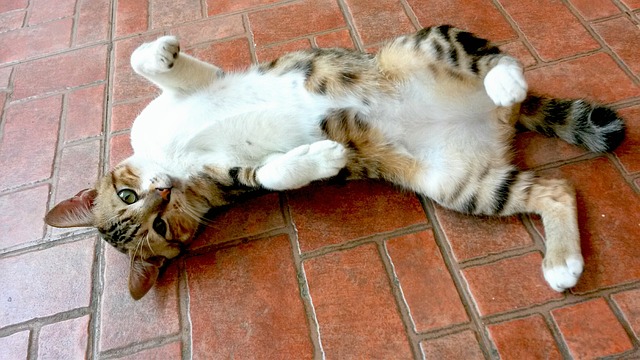
Want to know why on earth cats roll around on their back?
I mean, seriously, what’s up with that?
You’re not alone in wondering about this bizarre behavior.
You've probably caught yourself staring at your furry friend, utterly perplexed. 😺
But fear not, my cat-loving friend.
Today, I promise to reveal the mysterious truth behind this strange cat phenomenon.
Ready?
Let's dive in.
The Different Reasons Cats Roll on Their Back
Cats rolling on their backs means a lot of things, and here's why:
- Cats roll on their back to stretch and loosen up tight muscles after waking up from a nap. It helps them increase their flexibility.
- When they want to scratch themselves or remove something from their fur, cats will roll on their back and rub against the ground or furniture. It's how they specifically target those itchy spots.
- Rolling can also be a way for cats to seek attention from you. By displaying their belly, they show trust and playfulness, hoping you'll give them affection or join in on playtime.
- When cats roll on the ground, they're actually spreading their scent around. It's an instinctive behavior to mark their territory and communicate with other cats.
- Female cats may roll on their backs after mating to get rid of the male cat's scent and increase their chances of conceiving. Both males and females might also roll to show they're ready to mate.
- Some cats roll around on their backs when exposed to catnip. They drool and become hyperactive as a playful response to the herb.
- Rolling on their back is often linked to social and playful behavior. Cats do this when responding to toys or watching their human family having fun.
Gaining understanding about cats' physical and social behaviors is possible by comprehending why they roll on their backs; this allows us to grasp their modes of communication. 😺
Main points I'll expand upon further down this article:
- Rolling on their back helps cats alleviate itches they can't reach.
- Rolling on their back is a sign that cats feel comfortable and safe.
- After waking up from a nap, rolling strengthens the bond between cats and their owners.
- Rolling on their back spreads scent glands and marks territory.
- Rolling behavior can be triggered by catnip, stimulating sexual desires.
- Cats may roll to cool down by resting on cool floors or near heaters.
- Rolling in dirt coats fur with bacteria, protecting the digestive system.
- Rolling on their back is a way for cats to stretch their muscles.
- Cat's rolling behavior can indicate trust and relaxation.
- Understanding a cat's body language cues is key to comprehending their behavior.
And now, let me delve deeper into the reasons behind cats' back-rolling behavior and how it relates to their all in all comfort, marking instincts, and desire for affection...
The Benefits of Rolling on Their Back for Cats
Rolling on their back is beneficial for cats as it signifies trust and relaxation. It helps them release stress, combat itches, bond with their owners, mark territory, and even aid digestion. Observing this adorable behavior reminds us of our important role in their lives.
Rolling on their back is a behavior that cats commonly display. If you're wondering why cats do this, I'm here to let you in on the secret.
When cats roll around on their backs, it's because they feel comfortable and secure in their surroundings.
They're basically saying to you, "Hey, I trust you completely!" It's their way of demonstrating just how relaxed they are.
Similar to humans practicing yoga to unwind, rolling on their back helps cats to release stress and find peace.
You know, like a feline version of stretching and mental relief.
But relaxation isn't the only reason for this behavior. Cats also use it to combat those annoying itches that are out of reach for their paws.
You've probably seen them rubbing their backs against corners or the floor to scratch those hard-to-reach spots.
Here's something you may not have known - when cats wake up from a nap and immediately start rolling on their back, they're actually trying to bond with you.
How cool is that?
Cats have scent glands all over their bodies, so by rolling around, they're marking their territory with their pheromones.
And guess what?
You're part of their special territory!
Now let's talk about triggers.
Some cats may roll on their backs because of catnip.
Maybe there's a sprinkle of it nearby that they can't resist.
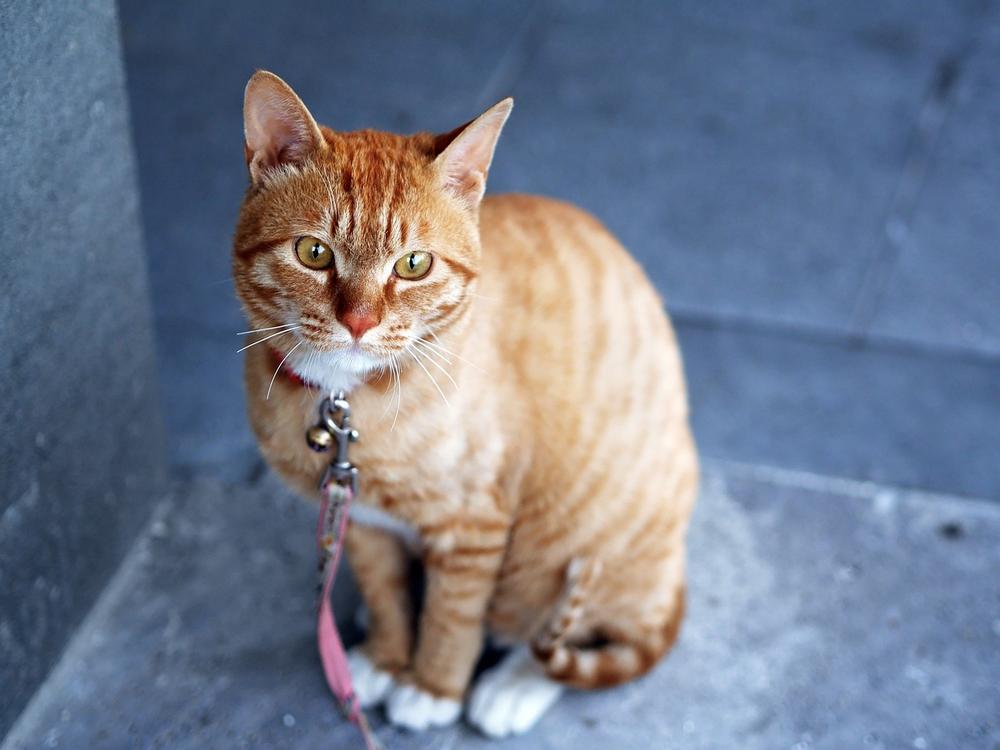
Others might enjoy rolling on smooth and cool floors or near drinking water that's heated up by a nearby heater.
It's sort of like their happy dance, expressing their joy and contentment.
But here's where things get really interesting...cats can even protect their digestive systems through the act of rolling in dirt.
Yes, really.
Rolling in dirt allows their fur to become coated with bacteria that aids in digestion.
Nature works in mysterious ways, my friends.
You know what else makes cats even more adorable?
Seeing them roll around on their backs.
It's a display of vulnerability and muscle stretching that truly melts your heart.
Moreover, it's their way of saying, "Look at me, I trust you completely." And let's be honest, who doesn't want to feel loved and adored by their feline friend?
So, the next time you witness your cat enthusiastically rolling on their back, take a moment to appreciate all the benefits they're enjoying from such a simple act.
They're essentially telling you that they feel safe and that you are absolutely essential to them.
Now isn't that precious?
In conclusion, understanding why cats roll on their backs opens up a whole new world of insight into their behaviors and emotions.
But there's even more to learn about our furry friends! If you're curious about why your cat sleeps on you and what it means, I highly recommend checking out my article Why Does My Cat Sleep on Me.
It delves into the fascinating reasons behind this adorable and affectionate behavior.
Satisfy your curiosity and gain a deeper understanding of your feline companion today!
How to Interpret Your Cat's Rolling Behavior
When your cat flips on its back, it can mean different things depending on the situation.
So here's some stuff you should REALLY remember:
- Opening up that belly is usually a sign of trust and an invite for attention.
- Keep an eye on your cat's body language: they might roll on their back when they feel chill or when they're scared or mad.
- If your cat rolls with claws out and teeth ready to strike, they might be feeling fear or aggression.
- Just so you know, most cats don't dig getting their bellies touched, so watch out when petting down there.
- Instead of rubbing their tummy, many cats prefer being scratched on their side.
- Watch how your cat reacts to different touches and look for any signs of discomfort.
- Just get this: cats use body language to talk, and rolling on their back could mean they want your attention without actually wanting to be touched.
- Giving props to your cat's boundaries and understanding their signals is the key to figuring out their behavior.
Understanding these factors will completely help you comprehend the reason behind your cat's tumbling.
But wait, did you know that rolling onto their back is not always a submissive behavior in cats?
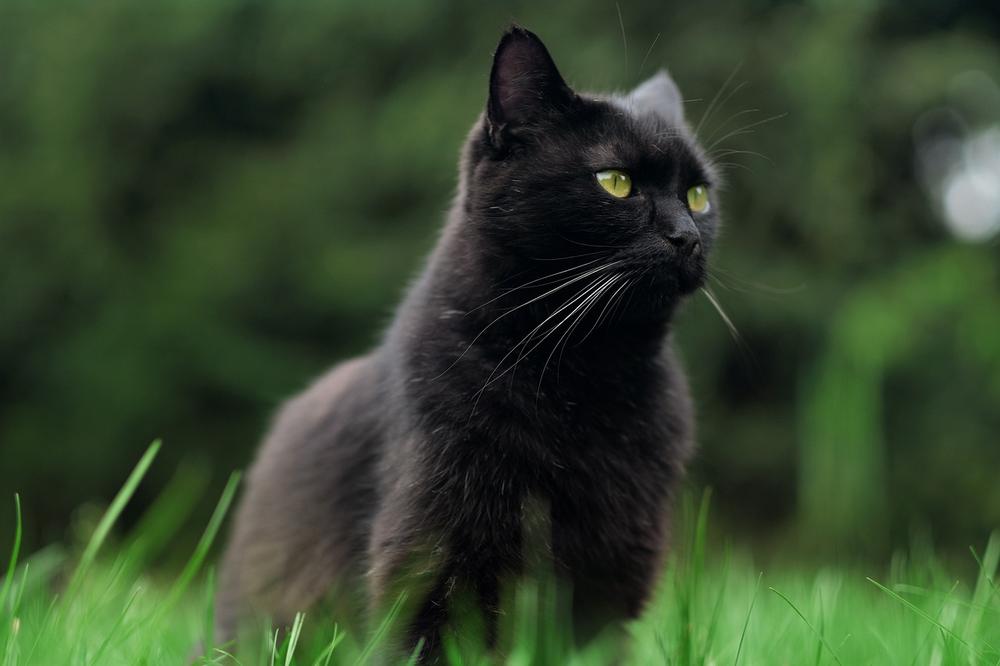
Yes, I was just as surprised as you are!
While it's true that most of the time, cats roll on their backs to seek attention and show trust, there might be more to it than meets the eye.
In the next section, let me unravel this mystery for you and delve deeper into the fascinating reasons behind your cat's rolling behavior.
Trust me, you don't want to miss this!
Common Misconceptions About Cats Rolling on Their Back
Rolling onto their back is not always a sign of submission
You know what's interesting?
Contrary to popular belief, cats don't roll onto their back as a way to submit to you like dogs do.
Oh no, they have their unique way of expressing themselves.
They roll on their back to get your attention
When a cat rolls onto its back, it's actually a signal that it wants your attention.
It's saying, "Hey, human, look at me!
I want some love and affection right here!"
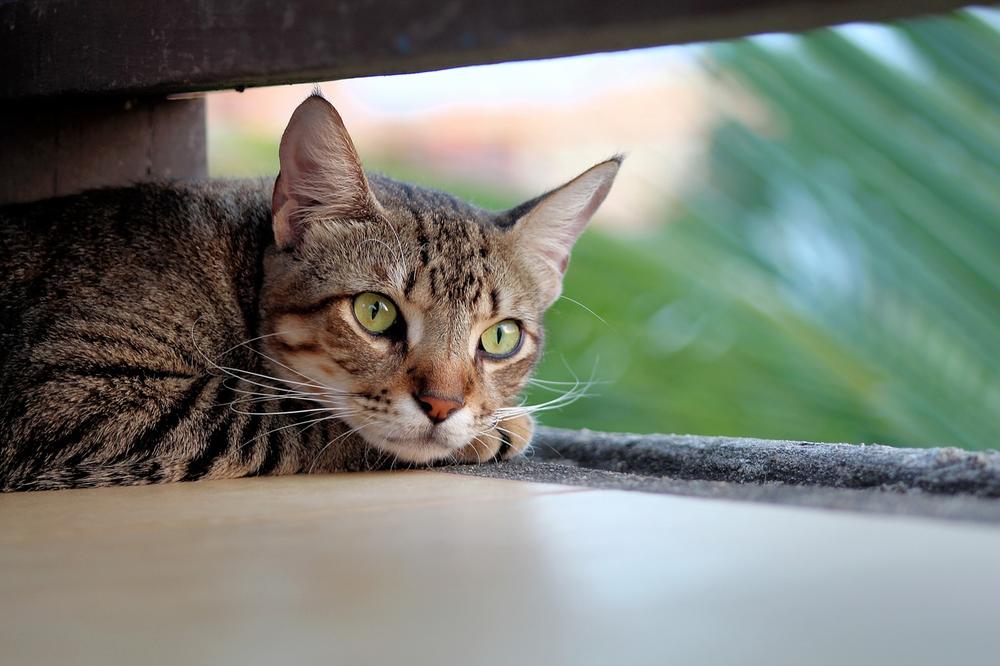
So the next time you see your furry friend sprawled out on the carpet, proudly showing off its tummy, know that it simply desires some good old-fashioned TLC from you!
It may not mean they want a tummy rub
Now, before you jump in for a tummy rub, proceed with caution.
Just because your cat rolls onto its back doesn't necessarily mean it wants you to stroke its tummy.
After all, cats can be quite mysterious creatures.
Rolling onto their back could indicate vulnerability or submission based on past experiences.
So take a moment to evaluate your feline companion's body language, and decide whether or not to give them a gentle scratch.
Each cat has its own unique personality and preferences. Pay close attention to their cues, and you'll be able to understand what they truly desire.
And now, let's delve into why some cats exhibit excessive rolling on their backs and what it could potentially indicate for their health and well-being.
Potential Health Issues Related to Cats Rolling on Their Back
Excessive rolling on their back can indicate various potential health issues for cats. Here are some possible causes to consider:
- Flea infestation: Fleas are a common cause of itchiness in cats. Excessive rolling on their back may be a sign that your furry friend is trying to relieve the itch caused by fleas.
- Parasites: Other parasites, such as mites, can also cause itchiness and discomfort in cats. Rolling on their back might be their way of trying to alleviate the irritation.
- Dry skin: Cats with dry skin may roll on their back to soothe the itchiness. Regular grooming can help prevent dry skin and promote healthy fur.
- Allergies: Allergies can also lead to itchiness, prompting cats to roll on their back. Identifying and addressing the allergen can provide relief.
- Arthritis: If your cat suddenly stops rolling on their back, it could be a sign of joint pain or arthritis. It's recommended to consult a veterinarian for an evaluation and appropriate treatment options.
To ensure your cat's welfare and offer appropriate assistance, it's important to comprehend the potential health concerns associated with cats rolling on their back.
Now, you may be wondering how to create a safe and secure environment for your cat.
After all, providing an environment where your furry friend can relax and feel at ease is crucial.
But here's the thing...
There's one important aspect you need to know that will help support their rolling behavior even more.
Tips for Encouraging Your Cat to Roll on Their Back
Creating a safe and secure environment for your cat is key to helping them feel relaxed and at ease.
And when they're comfortable, you might notice adorable behaviors like rolling on their back.
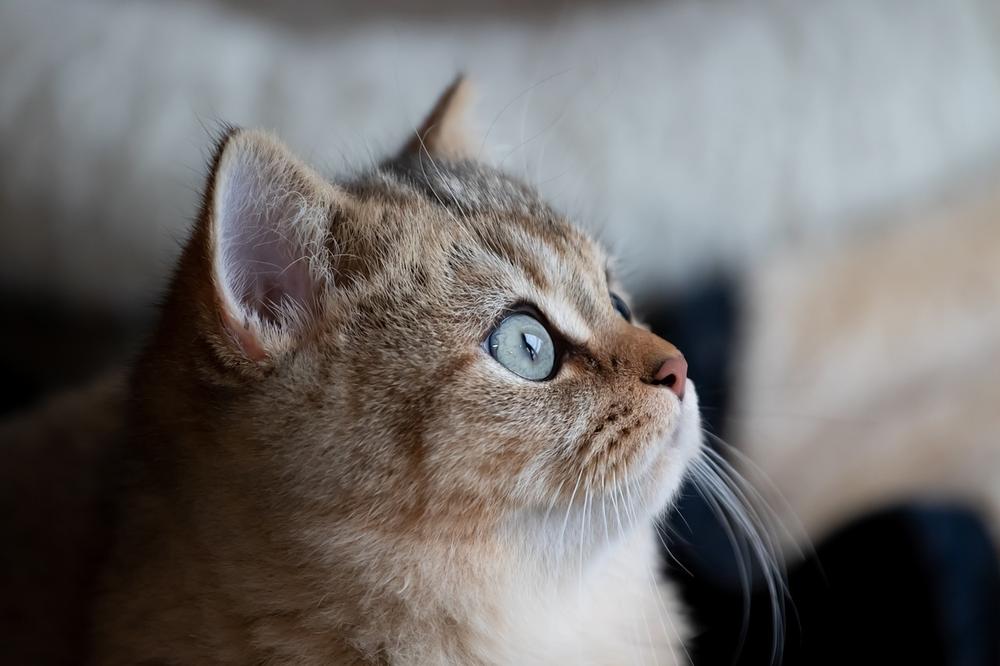
While it's generally advised not to rub a cat's belly without prior approval, giving attention and positive reinforcement when they roll on their back can encourage this behavior further.
Cats have their own unique preferences and boundaries.
By providing a calming atmosphere and respecting their personal space, you'll nurture a trusting relationship with your feline friend.
And that wraps up today's article.
If you wish to read more of my useful articles, I recommend you check out some of these: Why Does My Cat Bite My Feet, Why Does My Cat Howl Before After Using the Litter Box, Why Does My Cat Try to Bury Her Food, Why Does My Cat Wait Outside My Bedroom Door, and Why Does My Cat Like My Husband More Than Me
Talk soon,
-Sarah Davis